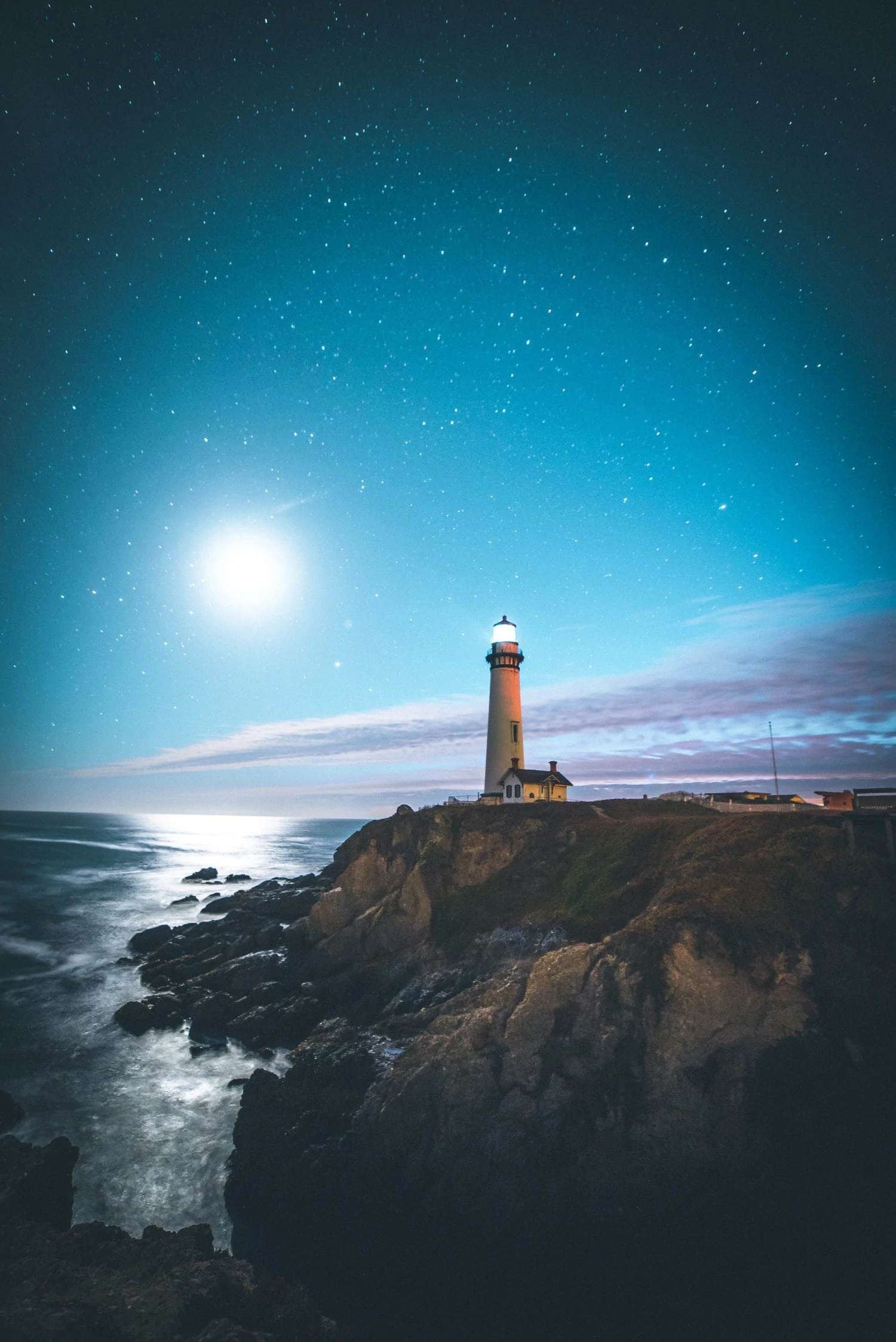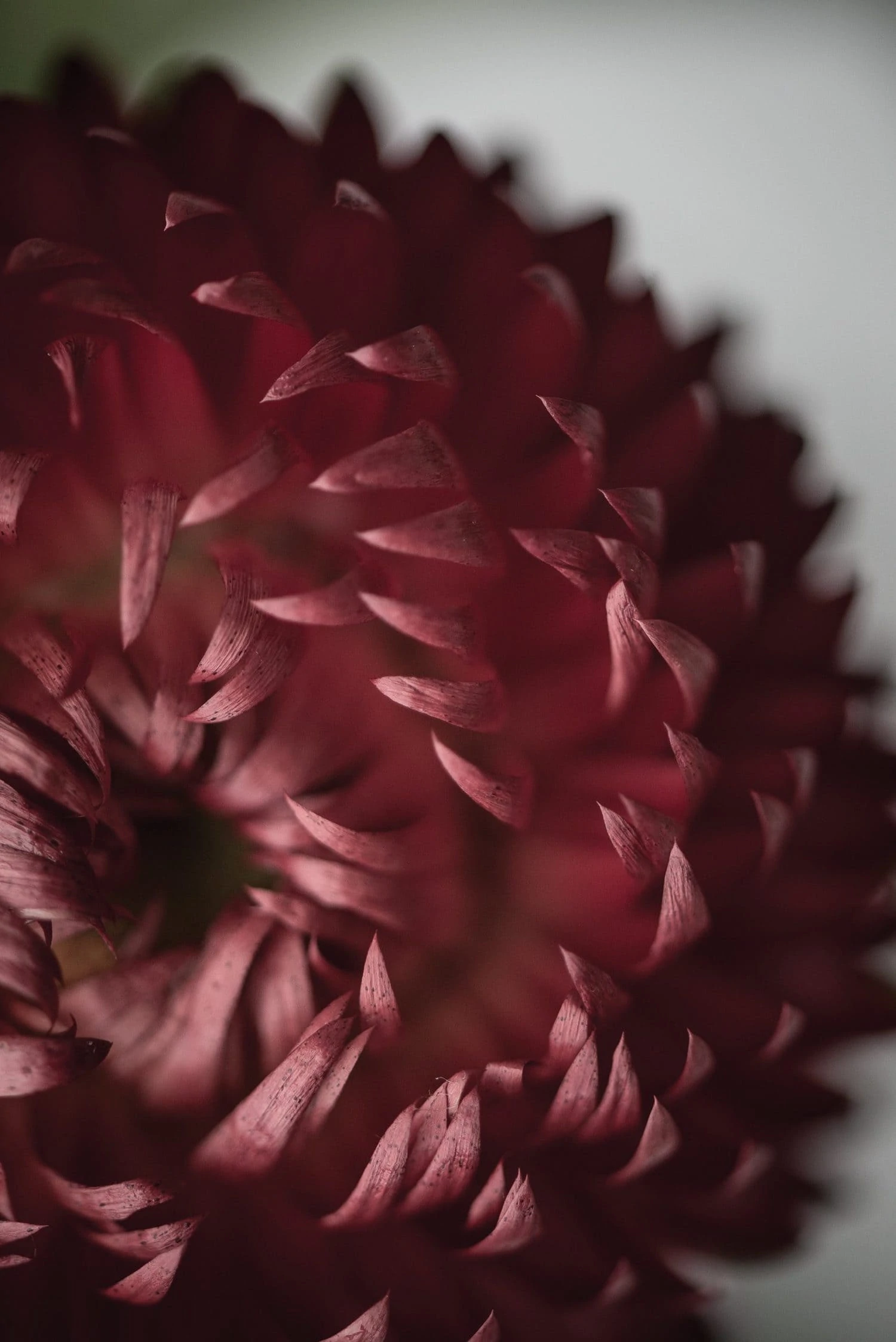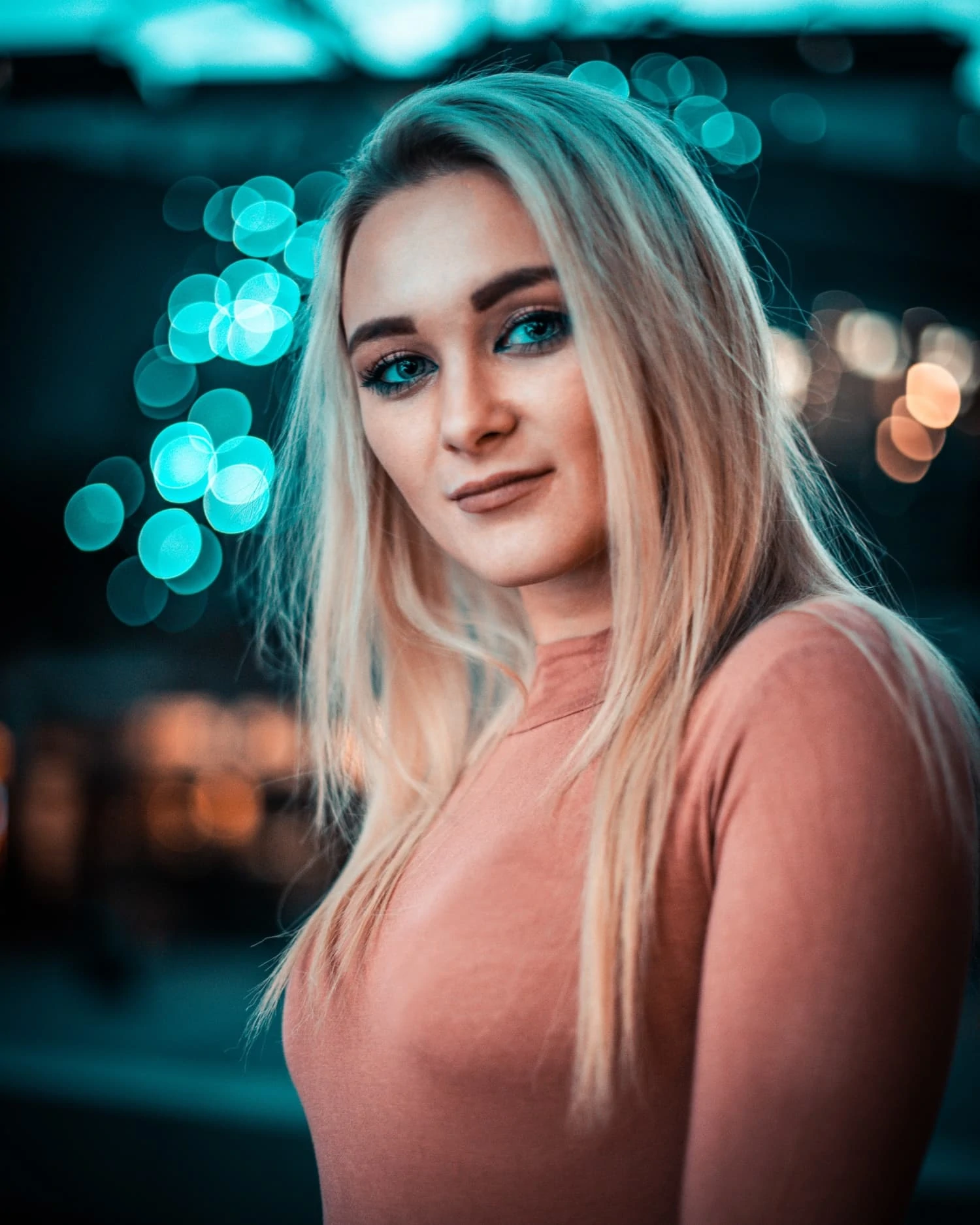On many occasions the debate has arisen as to whether it is the photographer or the camera that takes the picture. Often in articles we talk about the best cameras or the best lenses, but that does not mean that the photographer has no responsibility for the image he captures. I liken this to money and happiness, money doesn't bring happiness, right? But help! We are not going to deny that... ? Well, it's similar with photography, the team doesn't make a great photo, but it helps!! And there are different types of objectives and each one is designed for a type of photo.
That is why today I bring you an article showing you the different types of lenses that will make a difference in your photographs. With ordinary equipment you can capture a very beautiful image that transmits emotions or moves you, however, there are lenses that provide added value. They are a tool that you can use to expand your creativity or even give your images a more professional touch. And if you have this tool... why not know its advantages and take advantage of them? Keep reading and you will discover everything that the different types of objectives can offer you!
Mario's note: Canon and Nikon are not the best cameras, far from it. There are good cameras from these two brands just like there are from Pentax, Sony, Olympus, or any other brand. In this article we reference some lenses, including a link to mostly Nikon and Canon lenses. The only reason is because they are the most popular brands and the ones most readers ask about. Linking this entire list of objectives for all brands would be crazy. If yours is neither Canon nor Nikon, please go to Amazon and search for a similar lens. There has to be. Thank you.
5 TYPES OF LENSES TO ACHIEVE IMPRESSIVE PHOTOS
We present you 5 types of lenses that will make a big difference between the photos you get now with the kit lens and your next photos that will surprise even you.
TELEPHOTO, THE SPY
It's a "spy" because where the 18-55mm falls short, the 55-200mm easily hits quite distant subjects without having to get close to them. It is the ideal lens for taking casual photographs of people spontaneously on the street (they are called stolen), if you have a paparazzi soul, this is your lens. Or if shyness prevents you from approaching. It is also very useful if you like photography of wild animals, birds, birds, etc.

The important thing here is to get one that has a good maximum aperture, although an f/4 would already be enough. The larger the aperture, the more light enters, the faster the shot can be and the sharper the image ? If you are going to invest in a telephoto lens, do not waste your money on one with an aperture greater than f/5 because most of the photos will turn out blurred. Remember, an f/4 at least, and if it can be less, the better. Also remember that, in the case of telephoto lenses, it is very expensive to find lenses that have very large apertures. In fact, I don't know if there is a telephoto lens whose aperture is f/1.4, for example. If there was, it would have to cost an arm and a leg. So, as long as it's at f/4, I think it would be great.
Other advantages offered by this type of objective is that they allow a selective focus, that is, they highlight the subject against the background and eliminate the sensation of perspective, that is, they compact the different planes (the latter can be a disadvantage if you are looking for the opposite , be careful! ? ).
Here are some similar telephoto lenses and their approximate price:
- Nikon AF-S DX 55-200mm f/4.
- Canon EF-S 55-250mm f/4-5.6 IS II
- Tamron 70-300mm, f/4-5.6, Macro ( Nikonand canon)
More recommended telephoto lenses in this article .
WIDE ANGLE LENSES
What would photography be without landscapes , right? Many of us have fallen in love with photography because of (or thanks to) landscapes that we have always wanted to portray.

Wide-angle lenses are the perfect tool for this type of photography, as they have the advantage of covering an angle greater than that of human vision. They are ideal for capturing panoramic images or large objects or places from short distances.
Wide angle lenses are usually between 12 and 20mm in focal length. This is subjective, surely someone will tell me that I am leaving out the 10mm ones for example, and it may be true, but it is true that if we go down to lower focal lengths we are already entering a type of lens where the image is too distorted , and they would be practically "fisheye" objectives, which for the case do not come. And it is that with these objectives you can exaggerate the perspectives and distort the lines.
They are also widely used indoors, for example for celebrations in a church or to highlight the architectural features of a building and, as we have already said, they are ideal for landscape photography, since their depth of field is much greater and they can capture details at a considerable distance. If you are passionate about landscape photography, this is your goal!
So that you can get an idea of prices, here are some angles from different brands:
- Canon EF-S 10-22MM f/3.5.
- Nikon Nikkor DX 12-24mm IF-ED.
- Tamron 10-24mm, F/3.5-4.5, Di II VC HLD (for Nikon).
- Tokina 12mm – 24mm f/4.0 (for Canon).
- Pentax DA12-24mm f/4.
FISH EYE
Of all the lens types, this is probably the least versatile. This circular lens with an extremely wide angle serves to let the imagination run wild. It creates an effect similar to a mirror image in a sphere and allows you to capture everything you need even if your eyes cannot perceive it. It is also used inside churches to be able to include the entire scene: protagonists, guests, ceiling, floor... everything! It's like the wide angle, but more exaggerated and distorted.

The drawback is that it is a bit expensive and its effect is so specific that it is not recommended as the first option when it comes to getting an extra first objective. To give you an idea, these are some approximate prices:
These objectives are not usually very cheap, luckily there are alternative brands that manufacture for Nikon, Canon, Sony, etc. cameras. Examples: Walimex Pro 8mm f/3.5 for Canon, or the Walimex Pro 8mm f/3.5 for Nikon.
MACRO OBJECTIVES
If you have ever tried to focus at very short distances with a normal 18-55mm lens, you will have realized the enormous limitation that these standard lenses have. Normally below 50cm you cannot focus.

For that, the different types of objectives have been invented, for this specific case, the macro objectives. They are mainly characterized by the ability to focus at very short distances. Its focal length is normally from 50 to 200mm. It is the ideal objective to photograph flowers, insects, or minute details of any object. If you like the Macro world, read this .
As I was saying, these lenses are used above all to capture flowers and insects due to their quality to photograph at very short distances and considerably increase the size of the object of interest. Essential in scientific photography, thanks to these lenses you have been able to see insects at a size that probably scared you, or not, but surely they have not left you indifferent, right? You will have even been able to see details that are hardly noticeable to the human eye in nature.
Due to their maximum apertures and image quality, they are also a good option for portraits. But the thing does not stop there, macro lenses can be used for product photography, gastronomy, abstract photography, etc.
Do you want to know its approximate price? There are a wide variety of types and prices, here are some examples:
- Canon EF 100mm f/2.8 IS USM Macro.
- Nikon AF-S VR Micro 105mm f/2.8 G IF-ED.
50MM F/1.4
We have already spoken on more than one occasion about this versatile lens that Mario cannot live without and which he calls The King of Objectives. In fact, this is what he says about this goal:
"If I had to spend the rest of my life with just one goal, this would definitely be it. Its 50mm focal length is simply perfect. It's the sweet spot between a wide angle of view and a telephoto lens. On the other hand, the terribly generous aperture of the diaphragm of this lens makes it extremely bright. It makes taking photos in low-light situations so much easier, not to mention the game of depth of field that it allows."
And it is that among its advantages we find that being a fixed focal length, it performs much better, but what makes this lens tremendously useful is its large diaphragm aperture, which, as he rightly says, allows you to capture light in an extraordinary way and In addition, play with the depth of field to highlight the object of interest or just a part of it, focusing on it extremely while blurring the rest.

In this portrait above we can see how the background is blurred and the beautiful bokeh achieved. For portraits it is excellent, and for baby photography it is almost essential, but it will not only be useful in these cases, as I have already said, it is so versatile that it will be useful in many occasions and types of photographs.
Have you gotten the bug and want to know the approximate price? Don't worry, in this case it was not going to be less, here it is:
- Canon EF 50mm f/1.4 USM
- Nikon AF-S 50mm f/1.4. Nikon AF-S 50mm F1.4 G
Tip: If you are just starting out and your budget is very tight, try the 50mm f/1.8, which you can find for a much more affordable price and offers excellent results (for Nikon you have it for €258.89 euros and for Canon for N/Aeuro.
You may have gotten a little dizzy with the letters and numbers that appear in each lens name, if so, be sure to read this article in which we tell you everything you need to know before buying a lens. Their names will no longer be hieroglyphics for you.

![YOU WILL TAKE YOUR BEST PHOTOGRAPHS WITH ONE OF THESE OBJECTIVES [UPDATED]](https://photographychef.com/wp-content/uploads/2023/02/YOU-WILL-TAKE-YOUR-BEST-PHOTOGRAPHS-WITH-ONE-OF-THESE-OBJECTIVES-UPDATED.jpg)
